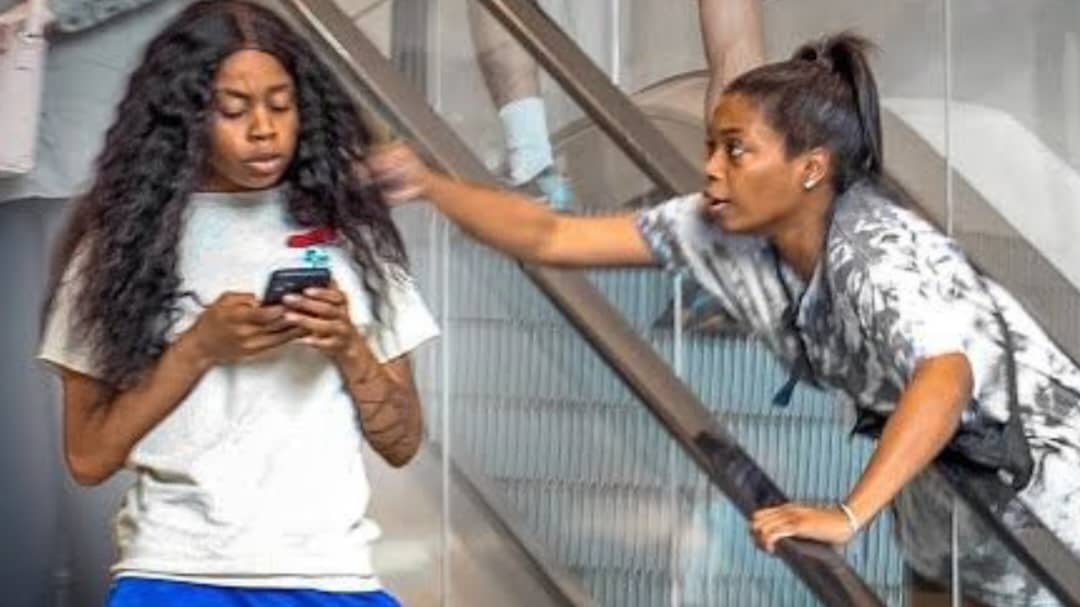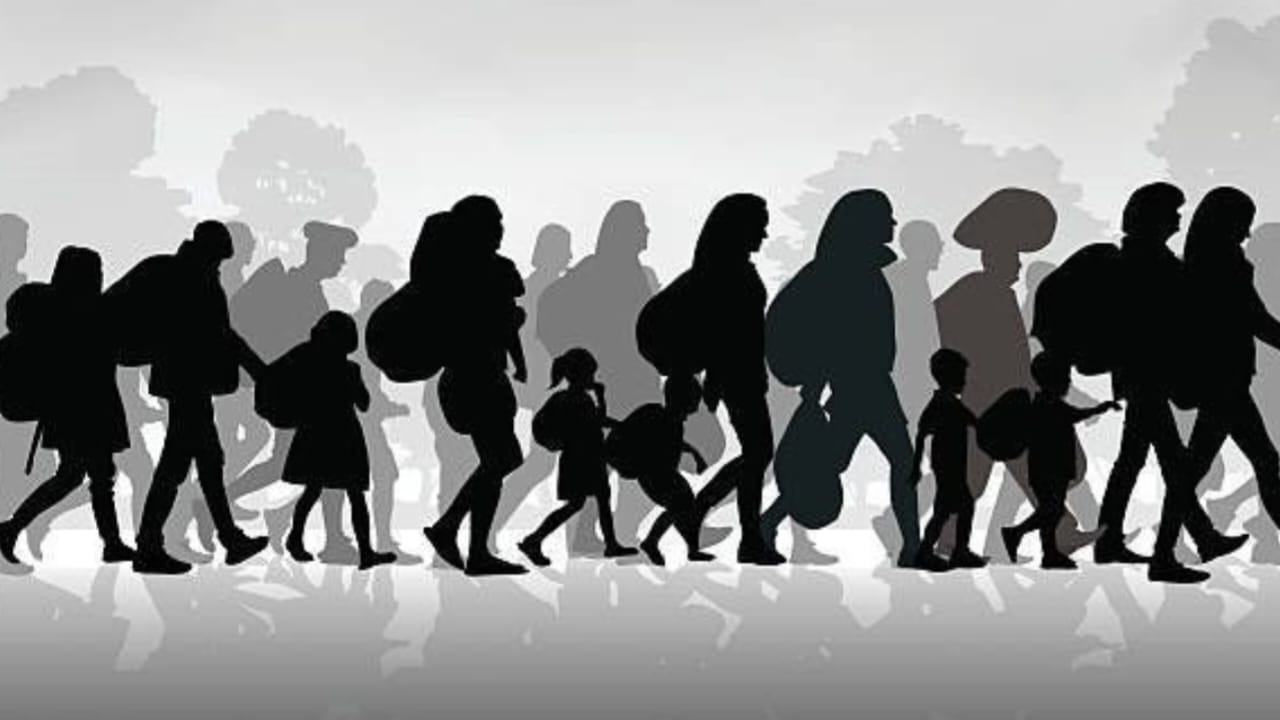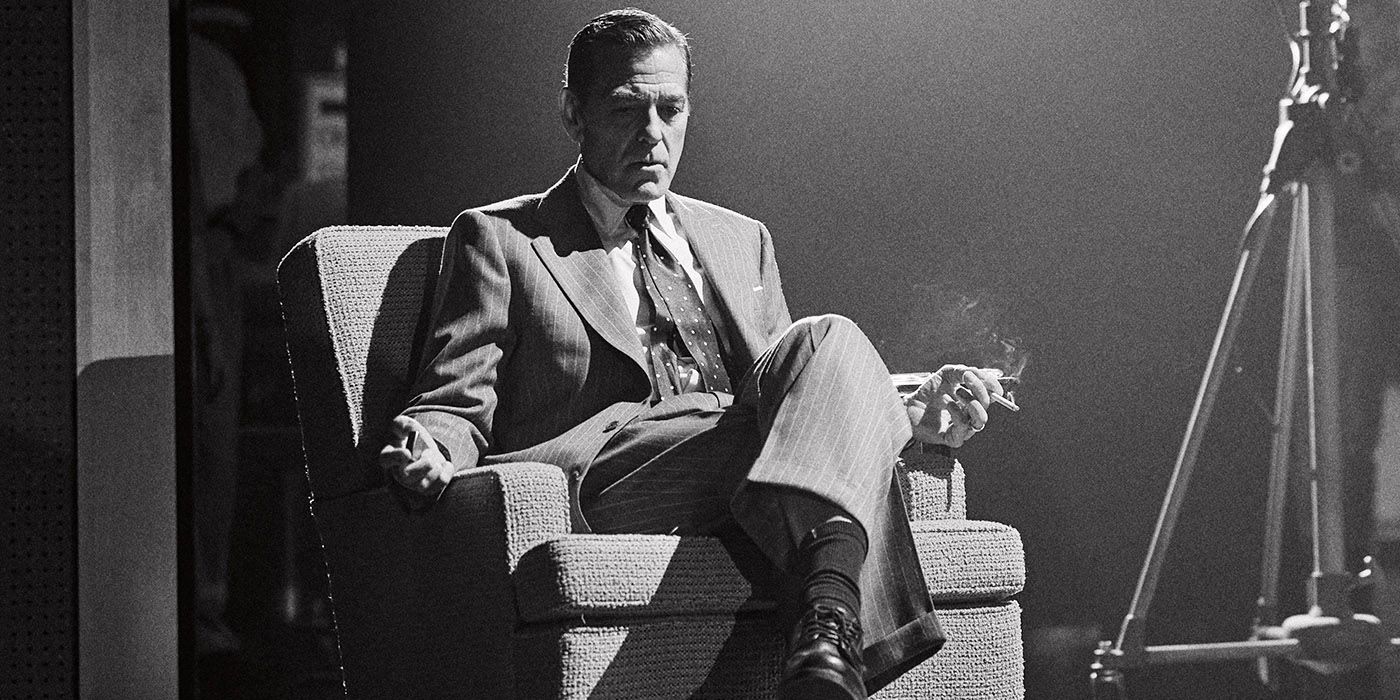From Tradition to Global Runway: The African Designers Reshaping Fashion
.jpeg)
For decades, Africa has been seen as the inspiration, not the originator, in global fashion. Rich in textures, colours, and history, the continent has always offered aesthetic fuel for global brands. Yet, the designers who shaped this visual language were often overlooked. That narrative is shifting. Today, a new generation of African designers is reclaiming the spotlight, not just as contributors, but as global tastemakers.
Breaking the Colonial Gaze: Redefining Aesthetics
Source: Pinterest/ UGO MONYE
Fashion has long been shaped through a Western lens. African prints were once exoticised; traditional garments like the agbada or kente were treated as costume rather than couture.
But now, designers across the continent are deconstructing this narrative. Instead of playing into stereotypes, they are crafting garments that speak both to heritage and innovation.
The result is a fusion: bold Ankara on sharply tailored jackets, indigo-dyed fabrics cut into contemporary silhouettes, and heritage beadwork embedded in high fashion. This redefinition is no longer about proving relevance to the West, but asserting identity on Africa’s own terms.
As explored in AFYChry’s trend report, African fashion today is not limited to tradition. Designers are infusing streetwear, gender-neutral aesthetics, and eco-conscious textures into their collections. This hybridisation dismantles outdated assumptions and carves out new spaces of beauty and pride.
Similarly, the FashionEvo analysis highlights a continued renaissance for African fashion in 2025: with trends leaning into authenticity, handcrafted details, and silhouettes that tell African stories in futuristic forms. This shift is not simply about visibility. It’s about ownership—redefining who gets to shape fashion’s future.
Fashion as Cultural Commentary
source: Pinterest
African designers are not simply making clothes. They are telling stories. Fashion becomes a canvas to explore postcolonial identity, migration, womanhood, and community. South African label Rich Mnisi blends fashion and activism, challenging norms around gender and beauty. Thebe Magugu, another South African, crafts collections based on family history and national memory.
In Nigeria, Kenneth Ize revives traditional Aso-Oke weaving techniques, collaborating with local artisans to create something both ancient and avant-garde. His success at Paris Fashion Week is a clear signal: African traditions are not static relics, they are living vocabularies.
An in-depth reflection by Clearly Invincible explores how African design, once appropriated or misrepresented, is now claiming space in the global mainstream. But beyond fashion weeks and headlines, it highlights the tension between commercial success and cultural authenticity. Designers must navigate a delicate line—making garments that sell without diluting the meanings they carry.
A Shift in Industry Dynamics
What makes this moment so revolutionary is that African fashion is no longer waiting for permission to be seen. Platforms like Lagos Fashion Week, South African Fashion Week, and Arise Fashion Week are attracting international buyers, journalists, and stylists. Instead of exporting raw materials and talent, African cities are becoming cultural capitals.
This movement is supported by a digital-savvy generation. Instagram, TikTok, and Pinterest have given young designers and stylists a global showroom. Through social media, African fashion has bypassed gatekeepers and built direct audiences from Accra to Atlanta.
Global Stars, Local Roots
Source: Pinterest/ Imane Ayissi
One cannot ignore the designers placing Africa on the global stage. Imane Ayissi, a Cameroonian designer, made history as the first sub-Saharan designer to show at Paris Haute Couture. His collections seamlessly blend African fabrics with European tailoring.
In Ghana, Selina Beb fuses traditional beadwork with luxury handbag design, while in Côte d’Ivoire, Loza Maléombho continues to dazzle with Afro-futurist silhouettes that combine modern elegance with ancestral themes.
In the diaspora, figures like Mowalola Ogunlesi, a Nigerian-British designer known for her bold, deconstructed looks, and Telfar Clemens, of Liberian descent, are rewriting the rules of global streetwear and luxury.
A feature on UBA Group’s Threads of Power celebrates the rise of these powerful African fashion brands. It spotlights their journey from local boutiques to international runways, showing how African creativity, when nurtured and supported, becomes unstoppable on the global stage.
Fashion as Economic and Social Engine
Source: Pinterest
African fashion is not only art; it’s economy. The garment sector is a source of jobs, skill development, and export potential. By investing in local production, designers build ecosystems: from dyers and weavers to marketers and models.
In Nigeria, Tsemaye Binitie is noted for championing sustainable practices. In Ethiopia, designers integrate ethical sourcing and fair wages into their business models. And across East Africa, fashion collectives are empowering women through skills training and entrepreneurship.
According to a report by African Leadership Magazine, African fashion holds the potential to become a $50 billion industry. This forecast is based on a growing global appetite for diverse fashion narratives and the continent’s expanding creative class. Fashion, when scaled with proper infrastructure and policy backing, can serve as a driver of both GDP and social mobility.
These are not fringe efforts. They are redefining what it means to produce fashion ethically, centred not in Paris or Milan, but Kigali, Nairobi, and Dakar.
Education and the Future
Institutions like Africa Fashion Institute in Ghana, Lisof Fashion School in South Africa, and Nairobi’s Mcensal School of Fashion are cultivating a new generation of designers, pattern makers, and stylists. These schools aren’t replicating Western fashion training but adapting them to African realities.
Alongside them, online learning, virtual internships, and mentorship platforms are democratising access. The barriers to entry are shrinking; the runways are broadening.
Challenges Still Remain
While there’s momentum, the industry is not without its hurdles. Supply chain inefficiencies, inconsistent infrastructure, limited access to capital, and global bias still exist.
But perhaps what’s changed most is the resolve. African designers are no longer looking outside for validation. Their gaze is inward—towards their communities, cultures, and heritage.
And in that turn inward, they’ve found global resonance.
Conclusion: Africa Dresses the Future
African fashion is no longer emerging. It is here. Bold, layered, unapologetic. It is built on history but charged with the energy of a generation unafraid to challenge and reimagine.
As global consumers seek authenticity, sustainability, and fresh narratives, the African designer has become a global necessity—not just an aesthetic option. The continent’s fashion future is not about catching up. It’s about leading.
Africa no longer needs to prove itself to the global fashion stage: it is the stage.
More Articles from this Publisher
Nigeria Secures West Africa’s Biggest Military Jet Acquisition with 24 Italian M-346FA Fighters

Nigeria makes history with West Africa’s largest military jet deal, acquiring 24 Italian M-346FA fighters to modernize i...
How to Keep Your Wig Safe from Snatchers This December

A humorous yet practical guide for Lagos women navigating Detty December. Learn how to protect your wig, embrace natural...
Queen Of Talk Show: What Is Next For Morayo Afolabi Brown?

After 12 years shaping Nigeria’s talk TV, Morayo Afolabi Brown isn’t just back; she’s creating her own stage. The Morayo...
Five Menstruation Myths That Still Need to Go

Why do menstruation myths survive in a world of modern medicine? We examine five beliefs science has already debunked.
ITU Reports That 2.2 Billion People are Offline, So How “Global” Is Your Feed Really?

Your feed feels “global” until you realize who isn’t in it. In just 10 countries, about 1.25 billion people are offline,...
The Population Plot Twist: What Really Changed in OECD Countries Since 1990?

Migration quietly rewired many OECD countries in 35 years. Who benefited, who paid the price, and why the backlash keeps...
You may also like...
Super Eagles' Shocking Defeat: Egypt Sinks Nigeria 2-1 in AFCON 2025 Warm-Up

Nigeria's Super Eagles suffered a 2-1 defeat to Egypt in their only preparatory friendly for the 2025 Africa Cup of Nati...
Knicks Reign Supreme! New York Defeats Spurs to Claim Coveted 2025 NBA Cup

The New York Knicks secured the 2025 Emirates NBA Cup title with a 124-113 comeback victory over the San Antonio Spurs i...
Warner Bros. Discovery's Acquisition Saga: Paramount Deal Hits Rocky Shores Amid Rival Bids!

Hollywood's intense studio battle for Warner Bros. Discovery concluded as the WBD board formally rejected Paramount Skyd...
Music World Mourns: Beloved DJ Warras Brutally Murdered in Johannesburg

DJ Warras, also known as Warrick Stock, was fatally shot in Johannesburg's CBD, adding to a concerning string of murders...
Palm Royale Showrunner Dishes on 'Much Darker' Season 2 Death

"Palm Royale" Season 2, Episode 6, introduces a shocking twin twist, with Kristen Wiig playing both Maxine and her long-...
World Cup Fiasco: DR Congo Faces Eligibility Probe, Sparks 'Back Door' Accusations from Nigeria

The NFF has petitioned FIFA over DR Congo's alleged use of ineligible players in the 2026 World Cup playoffs, potentiall...
Trump's Travel Ban Fallout: African Nations Hit Hard by US Restrictions

The Trump administration has significantly expanded its travel restrictions, imposing new partial bans on countries like...
Shocking Oversight: Super-Fit Runner Dies After Heart Attack Symptoms Dismissed as Heartburn

The family of Kristian Hudson, a 'super-fit' 42-year-old marathon runner, is seeking accountability from NHS staff after...
